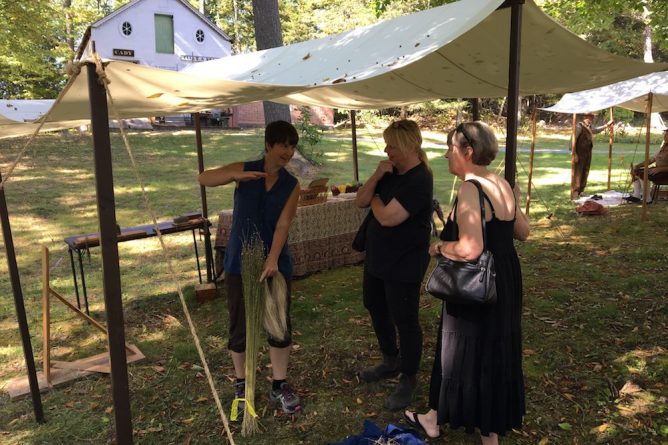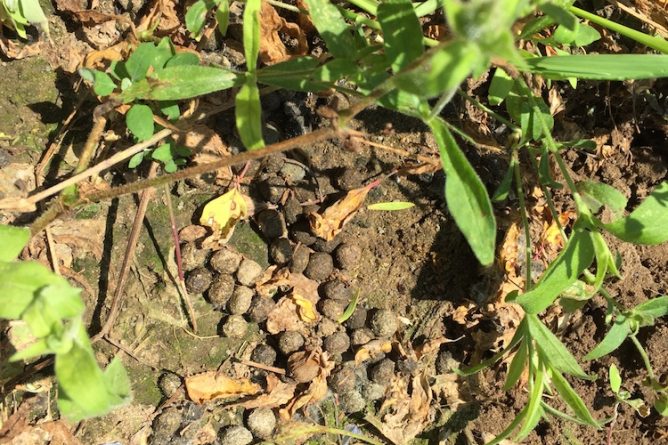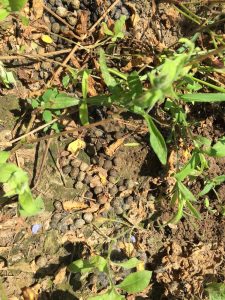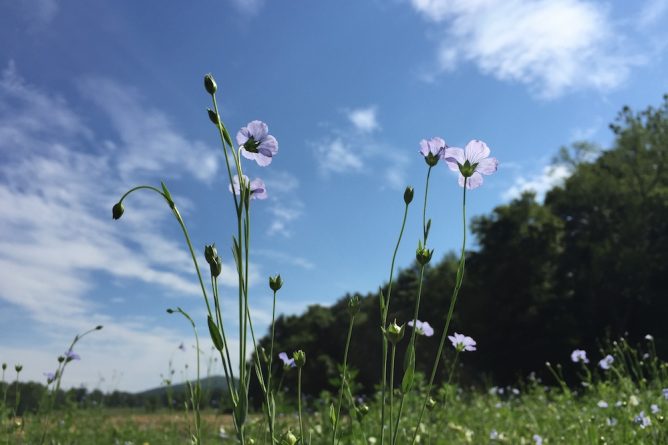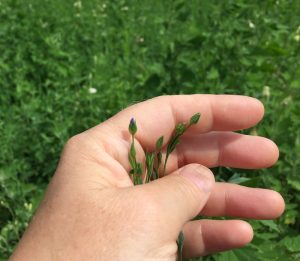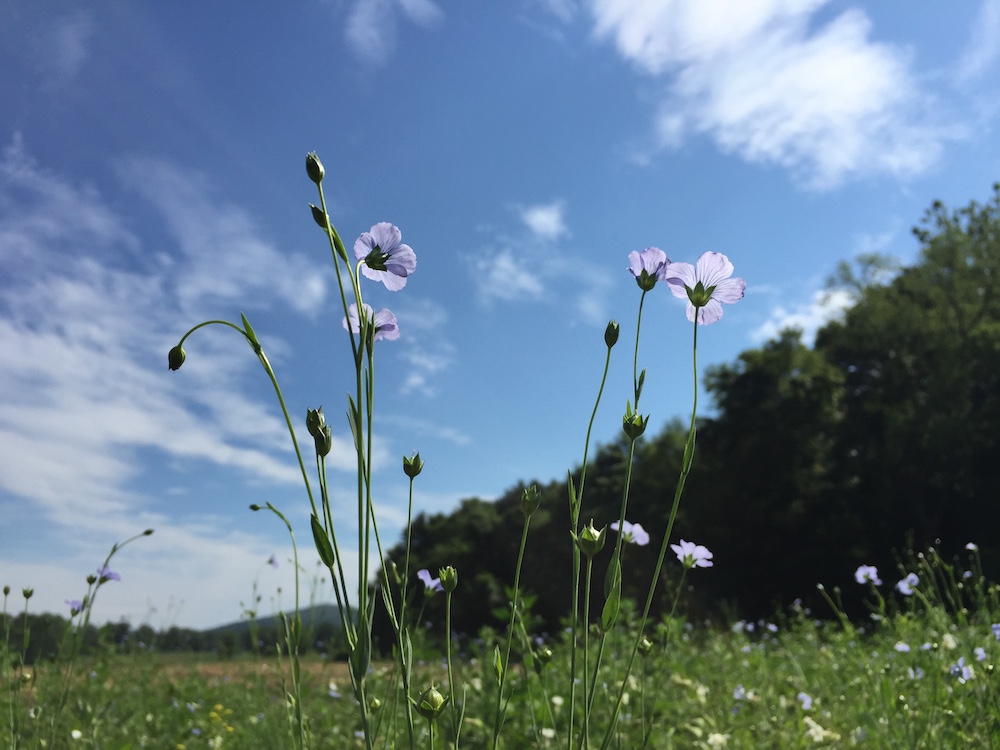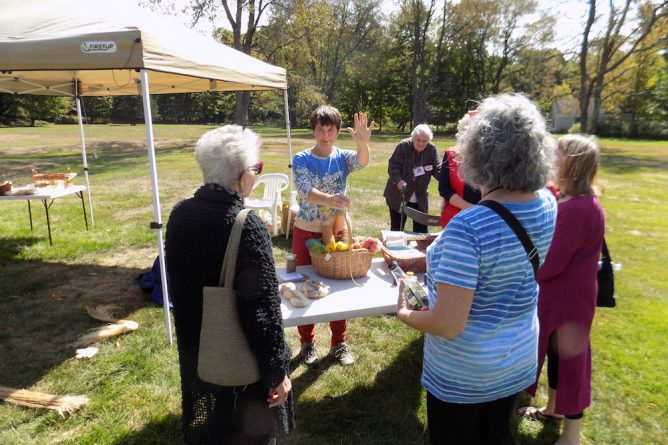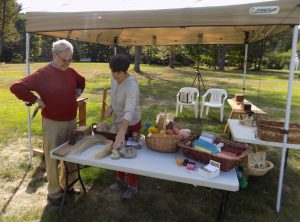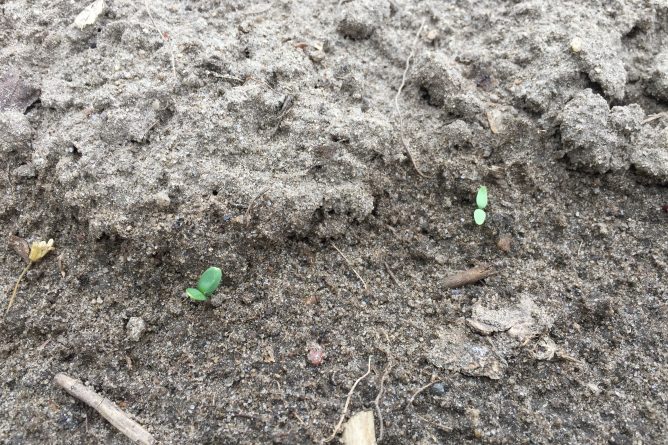In 2015, my flax and linen study group got 29 types of different fiber flax seed from the USDA. I’ve been doing my best to keep them isolated as I grow them, though I’m down to 12 types now that I’ve been able to keep going. Many earlier blog posts document my successes and failures with this project thus far.
My “beer bottle” method for removing flax seeds has some draw-backs. Hunching over like Gollum while I work is one of them. I have specific goals when I’m working with these seeds, which lead to specific practices that have (hopefully) specific outcomes. Namely, I am trying to keep the different varieties of flax isolated so that I can grow them out and increase the quantity of seed that I have from each type. When I’m taking the seeds off, I make an effort to keep the types separate. Continue reading “Grow Flax Everywhere”

